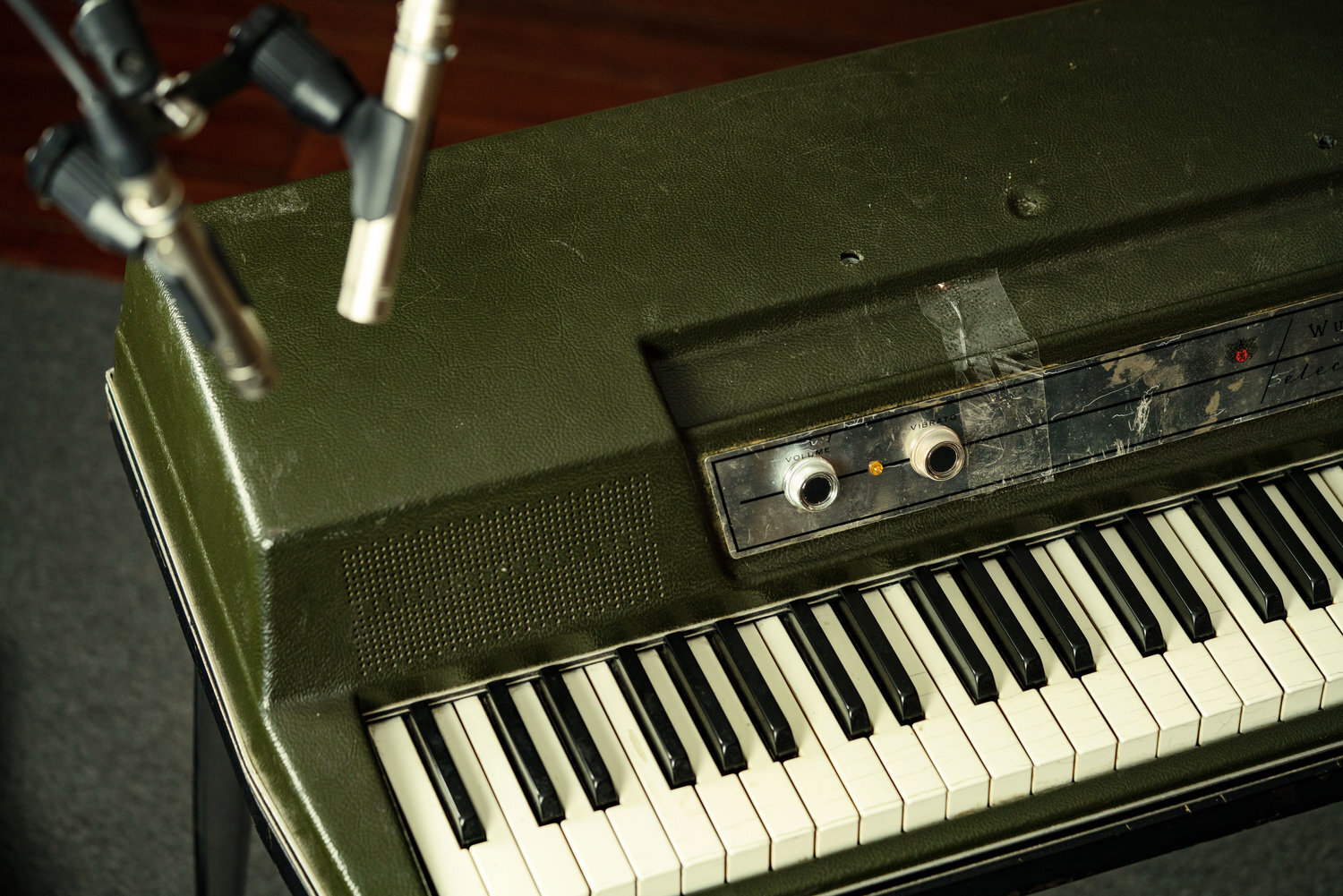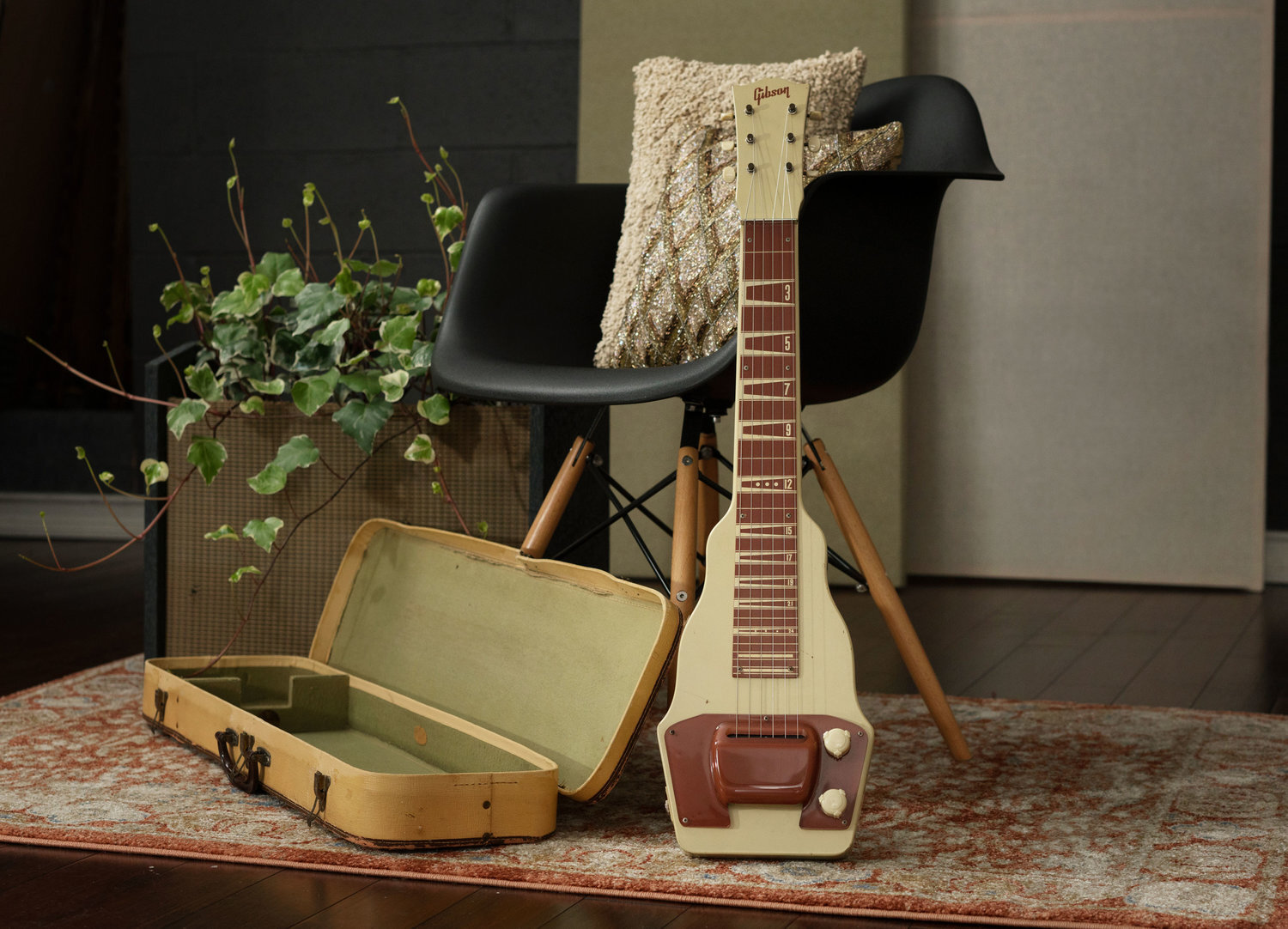Audio Recording at Home for Social Media
Whether you are a podcaster or a musician, capturing higher quality audio will make your content pop and grab your listener’s attention. That’s why graduating from apps and smartphones is something you have probably considered — and you would be right to do so. While the cameras on mobile devices are improving to a slight degree, their microphones are small and offer extremely poor sound quality. So, since we’ve decided you are going to aim for good sound quality, let’s go over the basics of how audio is recorded.
tHE bASICS
How is audio recorded?
The same principles apply whether you are recording a voice, an instrument, or an inanimate object that is making sounds. Note that the gear you choose — such as the type of microphone — can change slightly to give you improved results for varying sound sources but the principles remain the same. The basic signal chain of audio recording today is as follows: your sound source > microphone > audio interface > computer software. Your microphone will be connected to an audio cable (usually an XLR cable) which connects to your audio interface. Your audio interface, which usually has at least a knob for volume level adjustment, will connect via a USB or Thunderbolt cable to your computer. Your computer will be running recording software, and this is where your audio will be recorded.
What is the minimum amount of gear I need to record high-quality audio?
For the best audio quality, you will need:
A microphone (with an XLR cable)
An audio interface
Recording software (or DAW)
There is almost no limit to the amount of recording equipment you can buy these days. However the three main items listed above represent the basic staples to get your better quality recording project off the ground.
The microphone
What type of microphone should I use?
A Neumann TLM-103 is a classic large-diaphragm condenser microphone, shown here with a pop filter to reduce plosive sounds which commonly occur with vocals.
Perhaps the more important piece of gear in your recording setup is the microphone. It is in this device that you will notice the most difference in quality, so selecting a quality make and model will go a long way in improving your end results.
To handle most basic recording there are two main types of microphones: a dynamic microphone and a condenser microphone. Dynamic microphones are designed for close area micing: that is, they should be positioned within inches of the subject they are capturing. Condenser microphones are more sensitive and can capture audio from many feet away or up close. The sensitivity of your microphone can be set with a level or volume adjustment normally found on your audio interface. Practically speaker dynamic microphones work well on loud aggressive subjects that tend not to move around much, like a guitar amplifier or a saxophone. Dynamic microphones can be a good choice for vocals, but tend to have a “proximity effect” if the speaker/singer is not careful to stay in one spot. Condenser microphone are great at capturing definition and nuance and might be a better choice for voiceovers or singing. Condenser microphones tend to capture more even sound in a greater range of proximity. Note that condenser microphones will require phantom power, so be sure that your audio interface offers this feature. You can identify if your audio interface has phantom power by looking for a small button with a +48 next to it.
Finally, your microphone should have an XLR connector, to which you will connect your XLR audio cable. Microphones with USB connectors are growing in popularity for basic home or mobile recordings but we will discuss those microphones types in another article.
How do I connect my microphone to my audio interface?
First, you will want a place to put your microphone. So you will need a mic stand, with a mic clip (to grap your mic). You’ll want a mic stand, because you might want your hands free if you are reading material while recording. Additional noise can also be generated by a moving microphone, and a mic stand is very useful for keeping a mic steady and noise free.
All microphones have a male XLR connector on them. To this you will connect the female end of your XLR connector, once it is securely connected it will make a ‘clicking’ sound (note to disconnect the XLR cable, you will need to push a small lock release button on the cable itself). Next you will connect the male end of your XLR cable to the input on your audio interface.
The interface
What is an audio interface?
This Allen & Heath console is used to accept your microphones and provide some pre-amplification and equalization, before going into your audio interface via the outputs on the console.
An audio interface is the link between your microphone and your computer. In short, an audio interface is an analog-to-digital converter. All microphones (with the exception of new USB microphones which essentially have a built-in interface) have an analog output with an XLR (or, rarely, a 1/4”) connection. Your computer’s recording software wants to see a digital signal. It is the job of your audio interface to convert your microphone’s analog signal to a digital signal.
How do I use my audio interface?
Most 1-2 channel audio interfaces (such as the Focusrite Scarlett 2i2) work in the same way and will get their power from the computer USB cable itself. The input volume of your microphone will be controlled by a knob labeled “Gain”. With your USB cable securely connected to your computer the last thing to do is to get connected to your audio recording software and check levels. Your audio recording software can also be referred to as your DAW (which stands for Digital Audio Workstation).
How many inputs do I need?
Two guitar amps are shown here being close area micd. These two amps are close to each other because they are actually plugged into one another and generating the same sound. If we were recording two different guitar tracks we would physically distance the amps from each other.
The number of inputs you will need depends on how many sources you want to record simultaneously while keeping them independent (and most importantly independently editable) in your DAW. For example, if you are recording two voices for a podcast, you will likely want two inputs on your audio interface. In this case, you will utilize two microphones, one in each input, and one for each voice. These separate inputs will be assigned to two individual tracks in your DAW, allowing you to edit each separately during your mixing phase, post-recording. That advantage of this is you will have the ability to, for instance, raise or lower to level of one voice without affecting the other, or perhaps mute out one voice and not the other. To put it another way, if you have two sound sources or voices recorded into one input, you will not be able to edit each voice independently during your mix.
The software
What audio software should I use?
There are many options for free recording software. Even Pro Tools, the industry-standard software, offers free lite software called Pro Tools First. This free version of Pro Tools has been around for a few years now and is earning a reputation for being user friendly. Anther free software you might consider is GarageBand. This comes pre installed on all Mac computers.
In any software you are using, there is a setup window which typically appears on startup. This will allow you to select the audio interface you are using. Doing so will tell your software to acknowledge your audio interface and get you up and running. If you do not see this window upon startup of your software, you can click into the settings and select your hardware.
Finally, the software will require you click ‘File’ to create a new track. From there, you should click a red button on the individual track to record enable the track you would like to record to. To begin recording you will click a record button located next to the play button and then the play button to begin.
Further Reading
Browse all of our articles on restoring vintage gear. Or, click on an image below.








